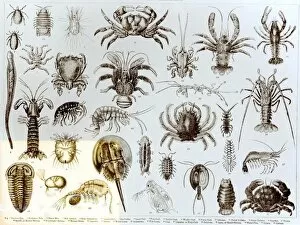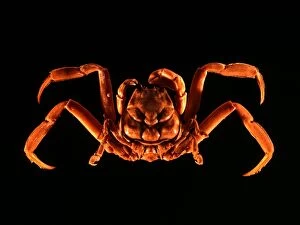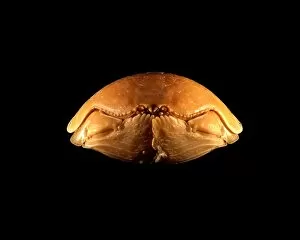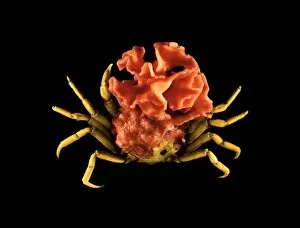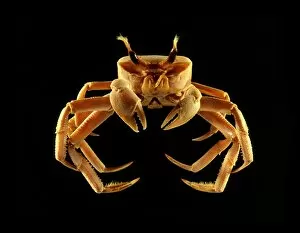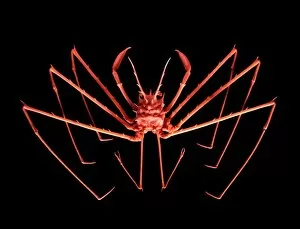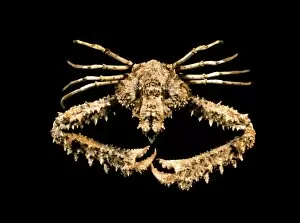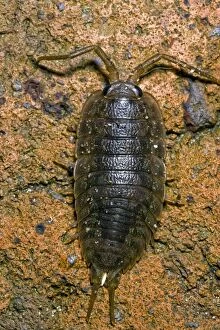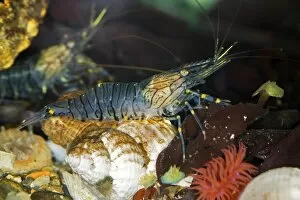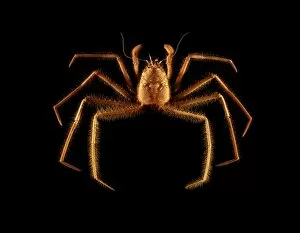Carcinology Collection
Carcinology, the fascinating study of crustaceans and arachnids, unveils a world teeming with extraordinary creatures
All Professionally Made to Order for Quick Shipping
Carcinology, the fascinating study of crustaceans and arachnids, unveils a world teeming with extraordinary creatures. This captivating lithograph showcases the intricate details of these remarkable beings. Pierre Andre Latreille's exquisite engraving transports us to a realm where nature's wonders take center stage. In this monochrome masterpiece, we catch glimpses of various species that inhabit our planet's diverse ecosystems. The Samurai crab stands tall with its fierce demeanor, exuding strength and resilience. Meanwhile, the male helmet crab proudly displays its impressive armor-like shell, symbolizing protection and adaptability. The Stone crab captures our attention with its rugged appearance as it blends seamlessly into its rocky surroundings. On closer inspection, we encounter the Calthrop crab—a master of camouflage—its spiky carapace resembling a medieval weapon. The Sponge crab enthralls us with its unique ability to mimic natural sponges effortlessly—an ingenious survival strategy indeed. As if in perfect harmony with their environment, Mangrove crabs gracefully navigate through tangled roots while Pebble crabs skillfully blend into pebbly shores. But among these intriguing inhabitants lies an unexpected character—the Shame-faced crab—with its downturned gaze seemingly expressing remorse for some unknown transgression. And let us not forget Lissa ciragra crab; adorned with delicate patterns on its carapace like fine lacework—it is truly a sight to behold. Carcinology invites us to delve deeper into the mysteries of these enigmatic creatures—each one holding secrets waiting to be unraveled by curious minds. Through scientific exploration and appreciation for their beauty, we can gain valuable insights into their ecological roles and contribute towards preserving their fragile habitats. So let this mesmerizing lithograph serve as a reminder that within every corner of our vast planet lies an astonishing array of life forms deserving admiration and protection—a testament to nature's boundless creativity and diversity that continues to inspire and captivate us all.

